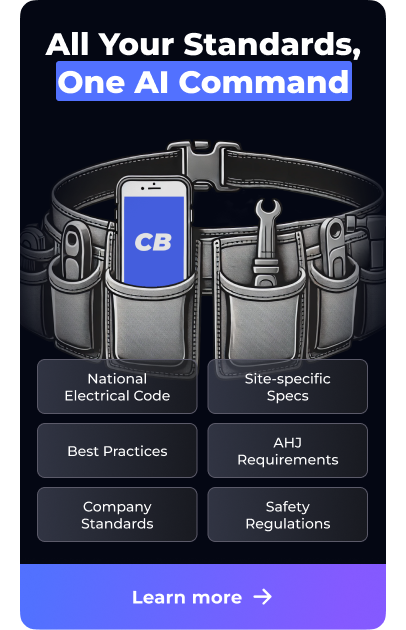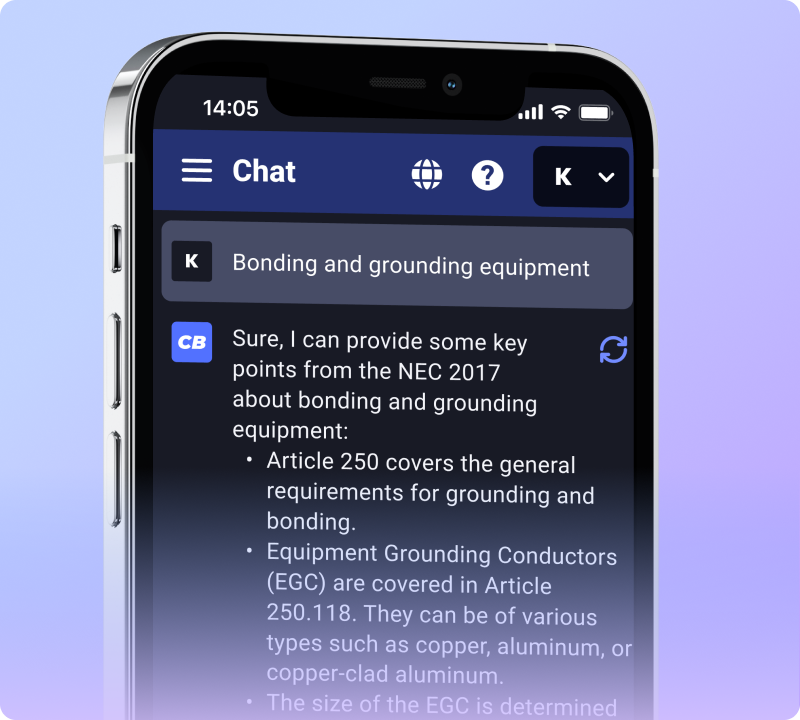Every job has its risks, from high up on ladders to deep in trenches. Jobsite hazard analysis can find these risks before they cause harm. This blog will show you how to use jobsite hazard analysis to make work safer.
Keep reading to learn more!
Key Takeaways
- Job hazard analysis (JHA) finds dangers before they hurt workers. It helps make job sites safer.
- Workers take part in JHA by spotting hazards and fixing them. This lowers the risk of accidents.
- Regular checks and updates to JHA keep workplaces safe over time. Training everyone on new safety rules is key.
- Adding job hazard analysis to safety plans helps find risks early. This stops accidents before they happen.
- Strong safety steps come from knowing what can go wrong. Actions like using safer gear or changing how jobs are done reduce danger.
Understanding Jobsite Hazard Analysis
Jobsite Hazard Analysis helps workers spot dangers before starting a task. It shows how to stay safe and prevent injuries on the job.
https://www.youtube.com/watch?v=KsEefzRdAx4
Definition of job hazard analysis
Job hazard analysis (JHA) is a process that helps identify risks at a job site. It looks closely at tasks to find potential dangers. Workers can then take steps to reduce these risks before they cause harm.
The main goal of JHA is to improve workplace safety. It allows electricians and tradesmen to spot hazards linked to their work duties and tools. By using this method, workers can protect themselves from injuries and create safer environments on the job.
Purpose and benefits of conducting a job hazard analysis
Job hazard analysis helps find risks in the workplace. It looks at job tasks to spot hazards before they cause harm. This process is key for workers’ safety, especially for blue collar tradesmen and electricians.
Conducting a thorough assessment can prevent injuries and save lives.
The benefits of job hazard analysis are clear. It creates safer work environments by identifying potential dangers early on. Workers become more aware of safety procedures, which leads to better practices on site.
This approach also helps businesses meet safety regulations, reducing costs tied to accidents and claims. Following these steps can greatly improve workplace safety measures across various jobsites.
Steps involved in conducting a job hazard analysis
Job hazard analysis helps keep work sites safe. It shows how to find and fix hazards.
- Choose the job to analyze. Pick tasks that pose risks or have had past injuries.
- Break down the job into steps. List each action clearly in order to understand all parts of the task.
- Identify hazards in each step. Look for things that could cause harm, like tools, materials, or environment.
- Assess the risks of each hazard. Think about how likely an accident can happen and what could result from it.
- Decide on safety measures for each hazard. Use methods like safer equipment, training, or protective gear to reduce risk.
- Review and update your analysis regularly. Work conditions change, so keep checking the job safety analysis for new hazards.
- Train your team on findings and controls. Ensure everyone knows how to stay safe at work by explaining the hazards and safety protocols clearly.
These steps in job hazard analysis are key to reducing workplace injuries and improving occupational safety.
Implementing Jobsite Hazard Analysis for Workplace Safety
Jobsite hazard analysis is key to a safe workplace. It helps find dangers before they cause harm and allows for effective safety measures.
Importance of job hazard analysis in identifying and preventing hazards
Job hazard analysis is key for safety on the job. It helps workers spot dangers before they lead to accidents. By examining each task, you can find risks that may not be obvious at first.
This process of hazard identification plays a big role in keeping everyone safe.
Preventing hazards saves lives and reduces injuries. A thorough risk assessment helps to see how likely something is to cause harm. Once you identify these risks, you can take steps for hazard control.
Strong worksite safety measures come from knowing what could go wrong and acting on it early.
How to incorporate job hazard analysis into your safety management system
Job hazard analysis is key for safety at work. It helps identify risks and prevent accidents.
- Start with clear goals for job hazard analysis. Define what you want to achieve in your safety program.
- Train all workers on job hazard analysis. Make sure everyone understands how to spot hazards on the job site.
- Create a standard process for conducting job hazard analysis. Use checklists or forms to keep it simple and consistent.
- Involve workers in the analysis process. They know their jobs best and can offer valuable insights about potential dangers.
- Analyze tasks regularly, not just once. Worksites change often, so keep assessing hazards to stay safe.
- Use findings to update your safety policies and procedures. This ensures that your workplace remains safe over time.
- Track incidents and injuries closely. Review this data regularly to guide updates in your job hazard analysis process.
- Communicate findings clearly with the team. Everyone should know about identified risks and how to avoid them.
- Implement control measures based on the analysis results. Taking action will help reduce incidents and improve worker safety.
- Review the entire safety management system often, including job hazard analysis steps, to ensure it meets current needs effectively.
Using job hazard analysis for implementing effective hazard control measures
Conducting a job hazard analysis helps in finding and fixing risks at work. This process leads to safer jobs for everyone.
- Identify the hazards. Walk through the worksite to spot anything that could cause harm. Use task analysis to focus on specific jobs.
- Assess the risks. Look at how likely each hazard is to happen and what could result from it. Prioritize these risks based on severity.
- Implement control measures. Decide how to reduce or remove each hazard. This can include using safety gear, changing tools, or adjusting work methods.
- Train your team. Make sure all workers know about the hazards and the safety measures in place. Offer training sessions regularly.
- Monitor and review the process. Keep track of how well control measures work over time. Update them as needed to improve safety.
- Document everything clearly. Write down all findings from your job hazard analysis and share them with your team and management.
- Engage your workers in safety discussions. Encourage feedback from everyone on site about hazards they see or face daily.
- Use incident prevention techniques based on data gathered from past incidents on similar tasks or projects.
This approach ensures every worker knows how to stay safe while doing their jobs effectively in demanding situations like electrical work or construction tasks involving power tools and machinery, focusing on hazard mitigation strategies that truly have an impact on workplace safety overall.





